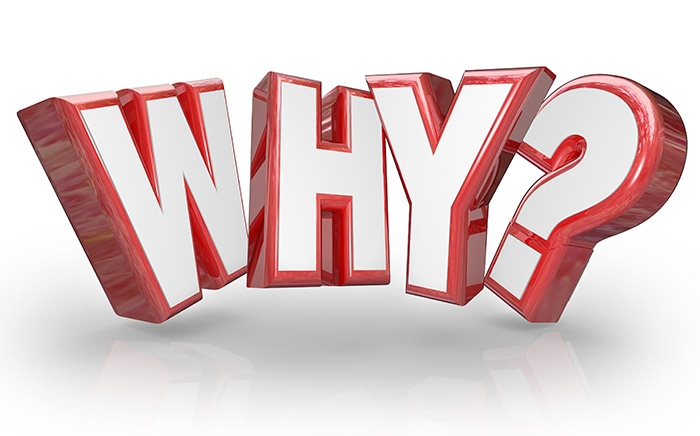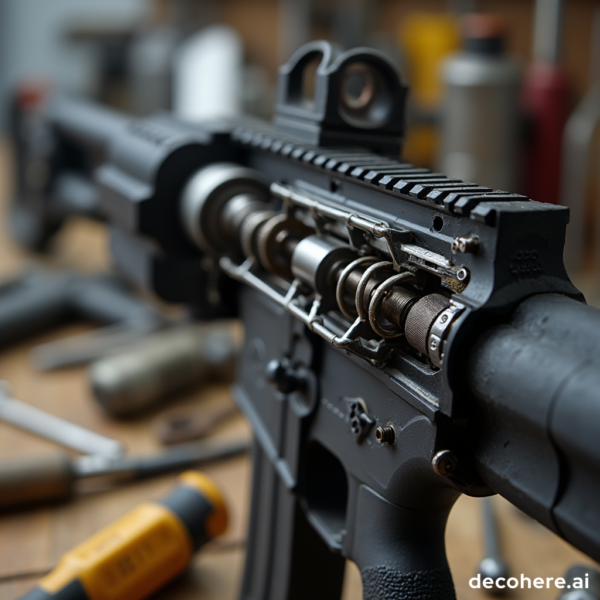Understanding BDC in Automotive: The Business Development Center Advantage
Introduction: The Modern Automotive Landscape and the Rise of BDC
In today’s rapidly evolving automotive industry, dealerships face the constant challenge of managing diverse customer inquiries, converting leads, and maintaining high standards of service. As more buyers research and connect online, the need for efficient, customer-focused communication channels has never been greater. Enter the Business Development Center (BDC) : a specialized department designed to centralize and optimize customer engagement, lead management, and appointment scheduling for both sales and service operations [1] .
What Does BDC Mean in Automotive?
Within an automotive dealership, BDC stands for Business Development Center . This department is either managed in-house or operated remotely, depending on the dealership’s size and resources. BDCs are responsible for handling a wide range of customer communications: from responding to online inquiries and phone calls to managing outbound campaigns and following up with unsold leads [1] [2] . Their goal is to facilitate the customer journey, encourage appointments, and ultimately convert interest into sales or service visits.
Key Functions of an Automotive BDC
The Business Development Center acts as the dealership’s central hub for customer interaction. Its main responsibilities include:
- Answering inbound calls, emails, and online inquiries from potential customers.
- Scheduling appointments for sales consultations and service visits.
- Making outbound calls to follow up with leads, unsold prospects, and previous customers.
- Maintaining customer relationship management (CRM) systems and ensuring accurate lead tracking.
- Coordinating with sales and service departments to ensure a seamless customer experience.
For example, if a customer submits a request online for a test drive after hours, a BDC agent will promptly respond, answer questions, and set the appointment-maximizing the dealership’s chance to win the sale [1] [4] .
How BDC Differs from Traditional Sales or Customer Service Departments
Unlike the traditional sales floor, where salespeople greet walk-ins and close deals, the BDC operates as a back-office team focused on the
pre-sales
and
pre-service
process. BDCs are not limited to handling complaints or basic support-instead, they proactively nurture leads and drive appointments, which frees up frontline staff to focus on in-person interactions and closing deals
[1]
[3]
.
For instance, while a service advisor might handle the customer once they arrive for maintenance, the BDC ensures the appointment is set and that reminders are sent-improving show rates and overall customer satisfaction [4] .

Source: discourse.axelerant.com
Real-World Example: How a BDC Boosts Dealership Performance
Consider a dealership that receives 100 online inquiries each month. Without a BDC, many of these leads may go unanswered-especially those submitted after hours, which can account for up to 45% of total leads [1] . By implementing a BDC, the dealership ensures all inquiries are addressed promptly, appointments are set efficiently, and follow-up is consistent. This leads to higher conversion rates, improved customer satisfaction, and increased sales revenue.
Implementing a BDC: Step-by-Step Guidance
Establishing a successful BDC requires careful planning and ongoing management. Here’s how dealerships can get started:
- Assess Your Needs: Determine whether an in-house or outsourced BDC is right for your dealership. Smaller dealerships may opt for an external provider to minimize overhead, while larger operations may benefit from a dedicated in-house team [5] .
- Hire and Train BDC Agents: Recruit staff with strong communication skills, attention to detail, and experience in customer service. Provide comprehensive training on dealership procedures, CRM systems, and product knowledge.
- Set Clear Goals and KPIs: Define measurable objectives for your BDC, such as appointment show rates, lead response times, and conversion percentages. Regularly review performance and adjust strategies as needed.
- Integrate with Sales and Service Teams: Foster collaboration between BDC agents and frontline staff to ensure a seamless customer journey. Regular meetings and shared goals help align efforts across departments.
- Leverage Technology: Invest in modern CRM software and communication platforms to streamline lead management, automate follow-ups, and track results. Many automotive CRM providers offer BDC-specific features.
If you’re considering outsourcing, research established BDC service providers and request references from other dealerships. Always clarify service level agreements, reporting standards, and pricing before committing to a provider.
Best Practices for Optimizing Your Automotive BDC
To maximize the effectiveness of your BDC, consider these industry best practices:
- Support Your Team: Ensure BDC representatives have access to up-to-date information, training, and resources needed to address customer questions confidently [5] .
- Promote Collaboration: Maintain strong communication between BDC, sales, and service teams. This improves the quality of handoffs and customer experiences.
- Monitor and Adjust: Track KPIs regularly, such as response time, appointment show rates, and conversion rates. Use this data to refine scripts, processes, and training.
- Focus on Personalization: Encourage agents to build rapport and customize communications. Personalized follow-ups are more likely to convert leads into appointments.
- Stay Compliant: Ensure all outreach adheres to privacy and telemarketing regulations, such as the Telephone Consumer Protection Act (TCPA) in the U.S.
Overcoming Common BDC Challenges
Dealerships may encounter several obstacles when establishing or managing a BDC, including:
- Staff Turnover: High churn rates can disrupt operations. Address this by investing in employee engagement, ongoing training, and clear career paths.
- Integration Issues: Poor collaboration between BDC and other departments can lead to miscommunication. Regular cross-department meetings can resolve this.
- Technology Gaps: Outdated or incompatible CRM systems hinder productivity. Choose platforms designed for automotive BDC needs and provide adequate staff training.
- Lead Quality: Not all leads are equal. Implement lead scoring and qualification processes to prioritize follow-up on the most promising inquiries.
It’s important to adapt your approach as your dealership grows and market conditions evolve. Continual review and improvement will ensure your BDC remains a valuable asset.
Alternative Approaches: In-House vs. Outsourced BDC
Dealerships can choose between managing their BDC internally or partnering with a third-party provider. Each approach offers unique advantages and challenges:
- In-House BDC: Offers greater control over staff, messaging, and integration with dealership culture. However, it requires investment in hiring, training, and management [3] .
- Outsourced BDC: Provides scalability, 24/7 coverage, and access to experienced professionals. This is especially beneficial for smaller dealerships or those seeking to offer extended service hours. However, it may involve less direct control and potential integration hurdles [5] .
When selecting an approach, consider your dealership’s size, budget, and long-term goals. Speak with other dealership operators, request references, and conduct a thorough needs assessment before making a decision.

Source: madebyteachers.com
Accessing BDC Services: Step-By-Step Guidance
If you are a dealership owner or manager seeking to establish or improve your BDC, consider the following steps:
- Evaluate your current lead response process and identify gaps or inefficiencies.
- Research in-house and outsourced BDC options. Use search terms like “automotive BDC providers” or consult industry forums such as the National Automobile Dealers Association (NADA).
- Contact CRM vendors to learn about BDC integration features. Popular automotive CRM providers include VinSolutions, Reynolds & Reynolds, and DealerSocket. Visit their official websites for more information about capabilities and pricing.
- Develop a training plan for staff and implement clear scripts and response protocols.
- Monitor performance metrics and solicit customer feedback to identify areas for improvement.
If you need additional support, consider reaching out to your regional dealer association for recommendations and resources on BDC best practices.
Conclusion: The BDC as a Competitive Advantage
In summary, the Business Development Center plays a pivotal role in the success of modern automotive dealerships. By streamlining lead management, appointment scheduling, and customer communications, a well-run BDC can dramatically improve conversion rates and customer satisfaction. Whether managed in-house or outsourced, the BDC’s impact on dealership profitability and reputation is clear-making it an essential component of any forward-thinking automotive business.
References
- [1] Better Car People (2023). What Does BDC Mean in the Automotive Industry?
- [2] T3 Marketing (2023). Understanding the Role of an Automotive Business Development Center in Dealership Success.
- [3] Better Car People (n.d.). Pros and Cons of In-House Dealership BDCs.
- [4] Podium (2025). What is an Automotive BDC and How Can It Benefit You?
- [5] Strolid (2025). What Is Automotive BDC And How Can It Help You?



